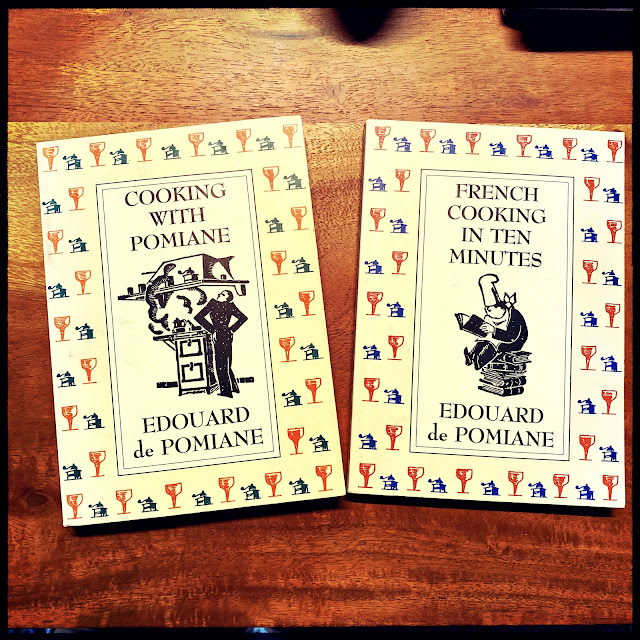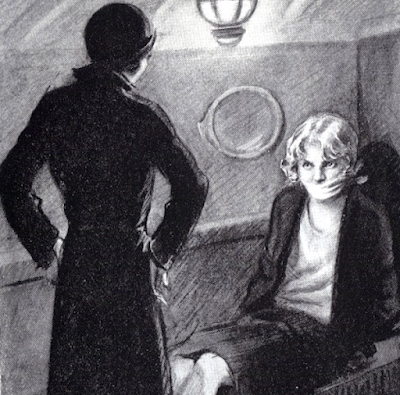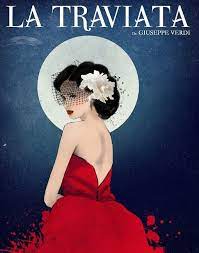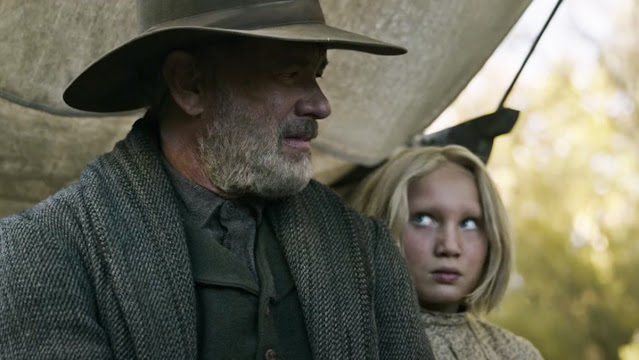 |
| Rebecca K Jones |
In 2020, Rebecca Jones was named the top Arizona felony prosecutor by the Arizona Prosecuting Attorneys' Advisory Council, one of the highest honors in her field. In addition to her work for the state of Arizona, Rebecca also writes compelling crime fiction.
Her debut publication was in Ellery Queen's Mystery Magazine's "Department of First Stories" in 2009, and her debut novel, Steadying the Ark, was published by Bella Books this spring. She's also got several new short stories coming out — one in Sherlock Holmes Mystery Magazine, another in an anthology due from Down and Out Books this November — and she's translated short fiction by Thomas Narcejac from French to English for two anthologies I edited in recent years.
Her writing and her translations are not the reason I know her, though. Actually, I've known her since long before she began to write and translate: I'm her father, and I couldn't possibly be prouder to introduce her to the Sayers of the Sleuth.
— Josh Pachter
Unknowing What You Know
by Rebecca K Jones
If not for NaNoWriMo in 2015, I might have written a different book altogether– or none at all. Although I’d written short stories– including a collaboration with my father, Josh Pachter, which appeared in EQMM in 2009– and wrote a lot of non-fiction for my day job, I’d never had much interest in trying to write a novel. As it happens, my mom told me about National Novel Writing Month a few days after it began on November 1, and on the spur of the moment I decided to jump right in.
Writing a sixty-thousand-word piece of fiction in a month was intended to be an experiment, nothing more. Could I sustain the pace over four weeks while working at a demanding full-time job? Could I produce an interesting product? I had no idea– but this seemed like a challenging way to find out.
At the time, I was a sex-crimes prosecutor at the Maricopa County Attorney’s Office in Phoenix, Arizona, and had worked in that position for about three years. Since my workload didn’t leave me with a lot of free time, I figured my best bet was to follow that age-old piece of advice and “write what I knew.”
What I knew, what I lived and breathed all day every day, was sex crimes. I handled all kinds of cases– child molest, adult rape, child pornography, plus a wide range of miscellaneous offenses including voyeurism, public sexual indecency, and whatever else crossed my desk.
That sounds like a grim description, and it was a pretty grim life. I wound up leaving MCAO in 2018 to prosecute complex drug trafficking and racketeering cases for the Arizona Attorney General’s Office– a job I enjoyed for four years before recently switching to appellate work at the same office.
Back in 2015, when I challenged myself to write a novel in a month, I knew I wanted my protagonist to be a young, gay, female sex-crimes prosecutor. As it happened, I had already written a short story featuring just such a character, Mackenzie Wilson (although she hadn’t yet made it to sex crimes when I wrote “Failure to Obey,” which appears in the current issue of Sherlock Holmes Mystery Magazine). I liked Mack in that first story and decided to graduate her to sex crimes, but that’s where the resemblance between my character and my real life ended. Mack is a great attorney, but she has a number of maladaptive coping strategies that I’m relieved we don’t share. Of course, who knows, she might say the same about me.
It isn’t unprecedented for prosecutors to become novelists. Linda Fairstein and Marcia Clark are two of my favorites, and they both write courtroom thrillers that I find exciting. Marcia Clark also wrote a non-fiction book about her most high-profile case– I don’t need to remind you which case that was, do I?– and she’s certainly not the only prosecutor to have taken that route. There’s even a former Maricopa County Attorney with a true-crime book about a high-profile case. (In that one, defense counsel actually wrote his own true-crime book, about the same case, and wound up consenting to being disbarred for his trouble!)
It can be tricky, though, to write about real cases. Although I’ve tried some crazy cases, none of them has the drama necessary for a compelling read– and writing about cases before their appeals deadline tolls would be ethically questionable at best.
Most prosecutors don’t participate actively in investigations, and a book set entirely behind a prosecutor’s desk– watching most cases end up with plea agreements and few of them actually going to trial– who would want to read that? The day-to-day reality of being a prosecutor– like the day-to-day reality of most jobs (I hope, or is it just mine?)– is that, when you get right down to it … it’s pretty boring.
An additional consideration for me was that I knew there would have to be some bad actors in my story– judges, defense attorneys, even prosecutors and cops who didn’t do the right thing, or weren’t smart, or otherwise weren’t heroes. As a person who works with attorneys, judges, and (until recently) cops all day every day, I didn’t want my real-life colleagues wondering if they were being lampooned or speculating as to the inspirations for my characters.
So for those reasons– ethics, drama, and my desire to be a nice person– it was crucial that my book be wholly fictional. Although I tried to present the legal process faithfully, I found that I had to take some liberties. The “big case” that Mack deals with, for example, winds up in trial within about six months. In reality, it would take years to get such a case in front of a judge and jury, but where’s the dramatic tension in that?
While juggling all of these considerations, I wrote my sixty thousand words in November 2015, and, by the end of the year, I finished a first draft of the book.
One of the most time-intensive parts of the revision process was ensuring that any accidental similarities between the cases and people in my novel and the cases and people I dealt with in real life were edited into oblivion. Once I was satisfied that I had a draft I could consider “final,” I began to shop the manuscript around to publishers– and it was released as Steadying the Ark in March of this year by Bella Books.
When Bella bought it, they told me they envisioned Mack as a series character. That was, as you can imagine, music to my ears– but it was also terrifying. Now, I realized, I’ve got to invent a whole new set of made-up people? I have to make sure I don’t accidentally write about real cases again?
For as long as I can remember, though, I’ve been a person who loves a challenge, so I am currently hard at work on a new adventure for Mackenzie Wilson. Next up? Homicide cases– which I’ve never handled, so am busy.
I’ve been incredibly fortunate to have spent ten years doing work I love– work that makes my community a safer and better place. In a way, Steadying the Ark is a love story. It’s not about, but it’s dedicated to the real-life people who face the darkness day in and day out and come out the other side having done work that matters. It is my attempt to show readers how brave and dedicated these individuals are. I hope I’ve been successful!
















.jpg)
















